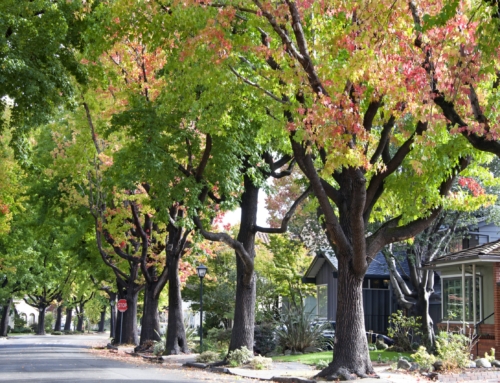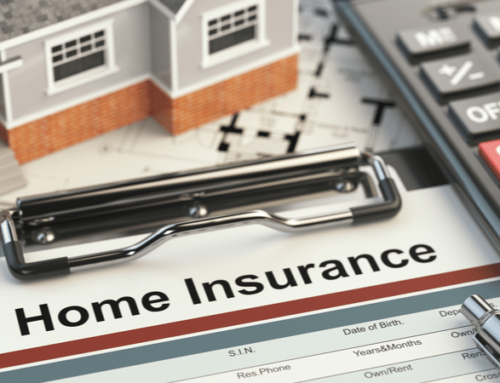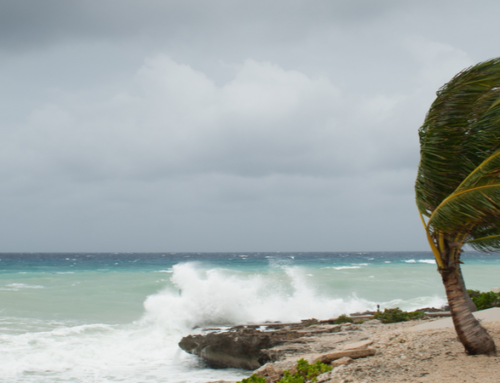Many homeowners move to places like California, Colorado, New Mexico, or Wyoming for the lure of seclusion and the desire to get back to nature. Often, however, these homeowners put more emphasis on ensuring a spectacular view and less on purchasing an insurance policy that could protect them in the event of a fire.
People don’t always realize the dangers of living in areas prone to wildfires, known as the “red zone,” and they don’t always see the threat. If you live in the red zone, the potential for losing your home to a wildfire exists. It’s important to confirm that your homeowners insurance and other insurance policies cover you for damage and losses as a result of a fire.
In 2012, catastrophic wildfires caused $595 million in insured losses and $1.1 billion in total economic losses, according to Munich Re. Although seven of the 10 costliest U.S. wildfires in history up until 2011 occurred in California, wildfires are a national problem, affecting almost every state. In 2012 there were 67,774 wildfires in the U.S. that burned 9.3 million acres. Texas had the most wildfires from 2008 to 2010 and then again in 2012, followed by California, North Carolina, and Georgia.
In the West—where the bulk of fire damage occurs—there have been several major brushfires this year, and firefighters in the region are bracing for catastrophic conditions due to a prolonged drought and early-season heat waves. California has already experienced a substantial increase in fire activity when compared to the average acreage burned in the spring. And in June, 19 firefighters were killed while working to contain a wildfire burning out of control in Arizona.
Tips for those living in a red zone
- If you live in a red zone, the following tips may help you to reduce your insurance premium. More importantly, they may help prevent a wildfire from destroying your home.
- Create a 30-foot defensible space around your home by removing as much flammable material as you can. Replace flammable vegetation with fire-resistive plants.
- Reduce the number of trees in heavily wooded areas by spacing native trees and shrubs at least 10 feet apart. On trees taller than 18 feet, prune lower branches within six feet of the ground.
- Remove branches overhanging the roof or coming within 10 feet of the chimney. Clean all dead leaves and needles from the roof, gutters, and yard.
- Install a roof that meets a fire classification of Class B or better. Cover the chimney outlet and stovepipe with nonflammable screening no larger than half-inch mesh.
- Install dual- or triple-paned windows, and limit the size and number of windows that face large areas of vegetation.
- Put woodpiles and liquid propane gas tanks at least 30 feet from all structures and clear away flammable vegetation within 10 feet of those woodpiles and propane tanks.
- Check out additional resources on the National Fire Protection Association’s (NFPA) Firewise Communities website for homeowners.
What does your insurance policy cover?
Damage caused by fire and smoke is covered under standard homeowners, renters, and business owners insurance policies and under the comprehensive portion of the optional auto insurance policy. Water or other damage incurred by fire fighters to extinguish the fire is also covered under these policies.
Homeowners should make sure to purchase homeowners insurance for the replacement cost of their home rather than the cash value—especially if they live or vacation in a high-risk area. Many consumers don’t understand that the cost to rebuild their home may amount to more than what they originally paid for it.
Loretta L. Worters is vice president of the Insurance Information Institute, whose mission is to improve public understanding of insurance – what it does and how it works. Ms. Worters is an author and woman’s advocate frequently quoted in leading publications including the Wall Street Journal, the New York Times, USA Today, Business Week, Forbes, and U.S. News & World Report, and she appears regularly on television networks including ABC, CNBC, CNN, and Fox. Follow her on Twitter: @LWorters.





